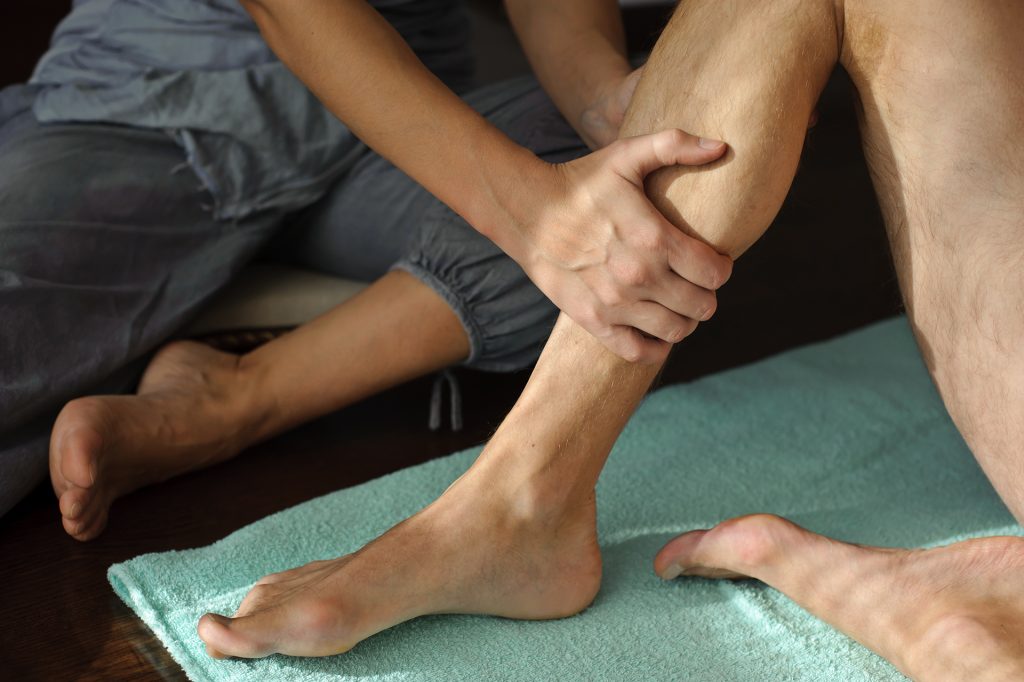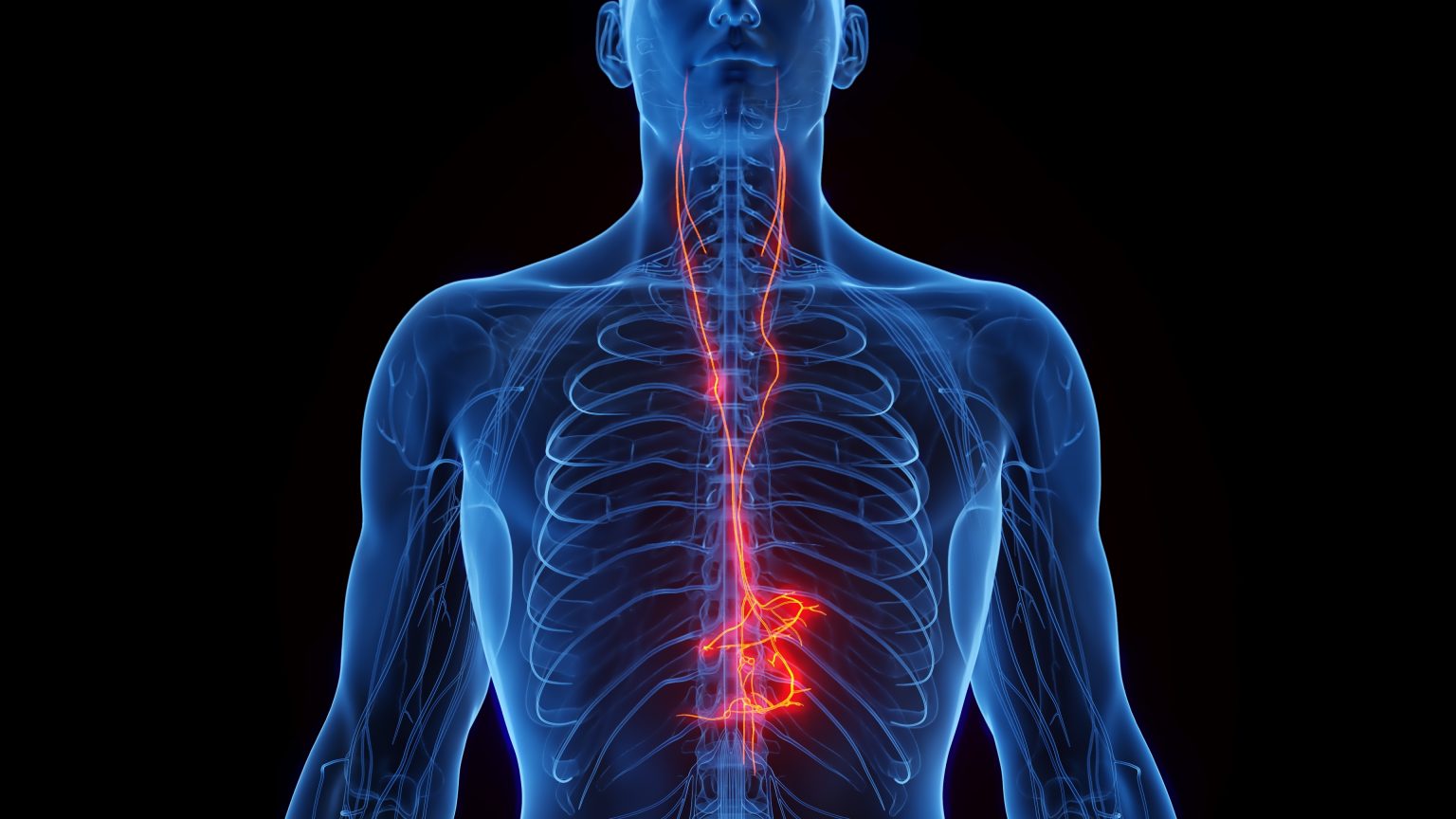One condition we encounter is shin splints. In today’s blog, we will discuss what shin splints are, what causes them and how meeting a physio for shin splints can help you get back to your best.
What Are Shin Splints?
Shin splints is a term used to describe pain felt along the shin bone (tibia), which runs down the inside of your lower leg. The pain is usually worse when you walk or run, and may even be severe enough to prevent you from participating in these activities altogether. Shin splints often develop as a result of overuse, particularly when you start a new exercise regime or increase your intensity too quickly. This can cause the muscles and tendons around your shin to become overloaded and inflamed.
Symptoms of Shin Splints
The most common symptom of shin splints is a pain in the lower leg, particularly around the shin. This pain may be dull or aching and can worsen with activity. Other symptoms of shin splints include:
-
Inflammation or tenderness in the lower leg
-
Swelling in the lower leg
-
Muscle cramping or spasms in the lower leg
-
Weakness in the muscles of the lower leg
If you are experiencing any of these symptoms, it is important to consult with a physiotherapist or doctor to rule out other potential causes of your pain, such as a stress fracture
Causes of Shin Splints
There are several potential causes of shin splints. The most common is overuse, which often occurs when people start a new exercise regime or increase their intensity too quickly. This can overload the muscles and tendons around the shin, leading to inflammation. Other potential causes of shin splints include:
-
Poorly fitting shoes: Shoes that don’t provide adequate support can put extra stress on the shins and lead to shin splints.
-
Flat feet: Having flat feet can also contribute to shin splints because it can alter the way weight is distributed when you walk or run.
-
Muscle imbalances: If there are imbalances in the muscles around the shin, this can also lead to shin splints.
Physio for Shin Splints
Physiotherapy is an effective treatment for shin splints. A physio for shin splints will assess your individual needs and devise a treatment plan to help you recover. This may include:
Stretching and strengthening exercises: These exercises will help to stretch and strengthen the muscles around the shin, which can help to prevent shin splints from recurring.
Massage: Massage can help to reduce inflammation and pain in the lower leg. A Physiotherapist can do this by using techniques such as trigger point release and myofascial release. Inflammation and pain are reduced because the physiotherapist can break up any knots or adhesions in the muscles, and increase blood flow to the area.
Ultrasound: Ultrasound therapy uses sound waves to create vibrations that help to reduce pain and inflammation. The physiotherapist will apply a gel to the skin and then place the ultrasound probe on the skin. The sound waves will travel through the gel and into the tissue, causing the muscles to relax and reducing pain
Ice: Applying ice to the lower leg can help to reduce inflammation and pain. The physiotherapist may also use cryotherapy, which is a type of therapy that uses cold temperatures to relieve pain. This not only numbs the area but reduces blood flow to the shins. Therefore, swelling is reduced, allowing for diagnosis and treatment to be carried out more easily.
Taping: The physiotherapist may also tape the lower leg to provide support and stability. This can help to reduce pain and prevent further injury. Taping does this by lifting the skin away from the underlying muscles and tendons, which takes the pressure off these structures. Therefore, the range of motion is increased as the stress under which it is put is reduced.
Exercises: The physiotherapist may also prescribe exercises to be done at home. These exercises will help to stretch and strengthen the muscles around the shin, which can help to prevent shin splints from recurring by taking the pressure off the shins and enhancing the fluidity and range of motion around other joints.
How many physiotherapy sessions will I need?
The number of sessions required will depend on the severity of your condition and the goals of your treatment plan. Your physiotherapist can provide you with an estimate after your initial assessment.
Contact Falcon Health
If you are suffering from shin splints, it is important to consult with our physio for shin splints to devise a treatment plan that is specific to your needs. Physiotherapy treatment for shin splints can help to reduce pain and inflammation and prevent them from recurring again. Our physio for shin splints provides clients with the best possible chance to maintain an active and healthy lifestyle without the risk of injury.
At Falcon Health, our team of physiotherapists are highly skilled and experienced in treating shin splints. Contact us today to book an appointment for physiotherapy treatment for shin splints. We will work with you to devise a bespoke care plan that ensures that you get the treatment you require. To learn more about our services and physiotherapy treatment for shin splints, explore our website or contact us today on 01444 257555 or info@falcon-health.com.
Article: Phoenix Marketing






